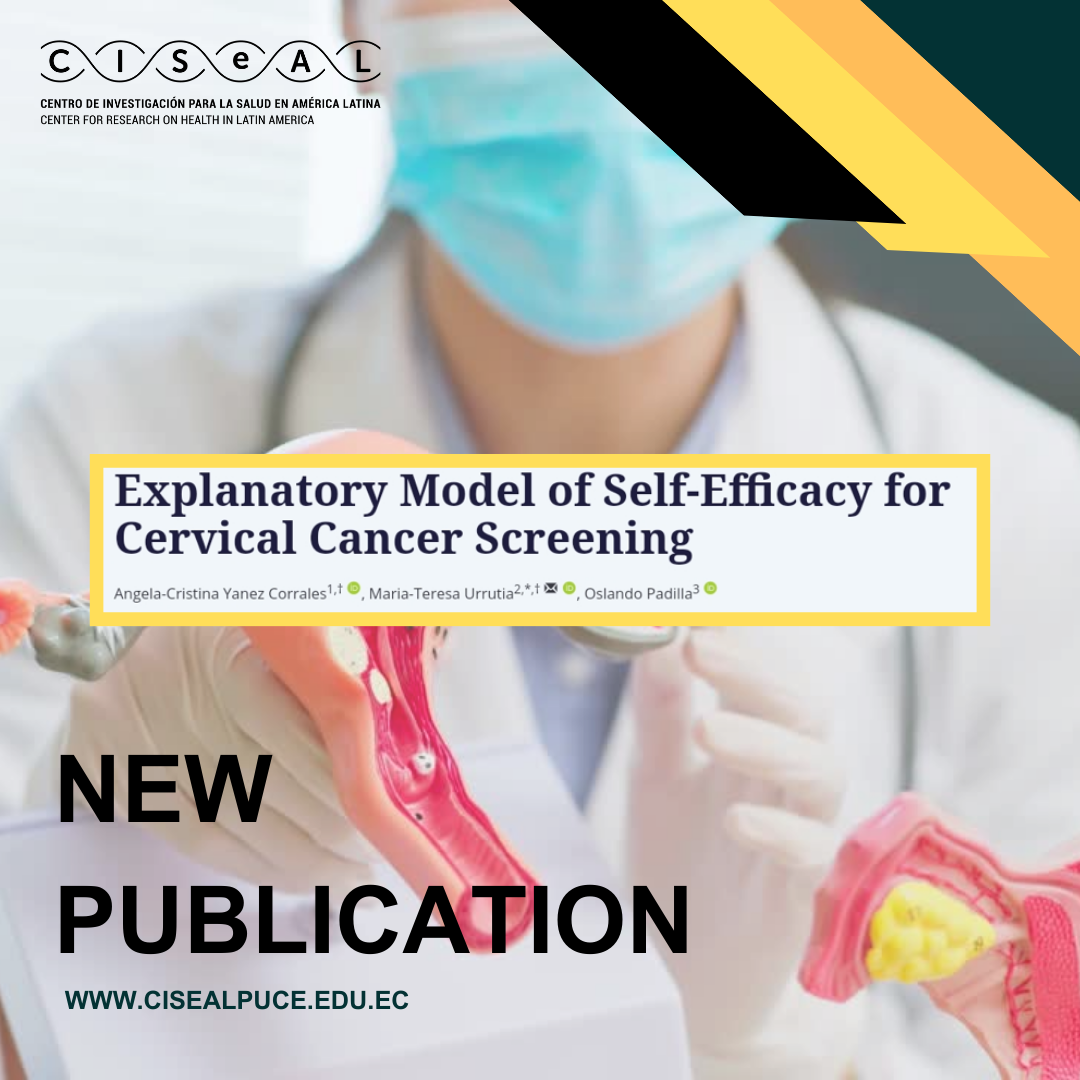
Cervical cancer (CC) screening is a public health concern, and social conditions partially explain the individual’s ability to respond to the preventive aspect of the disease. This study aims to design an explanatory model of self-efficacy (SE) for CC screening.
This study was conducted on 969 women aged 25–64 years who used the public health care system in Santiago, Chile. Multiple linear regression analysis was conducted to generate the explanatory model for global SE index and for each of their components as function of sociodemographic factors, factors related to interaction with the health system, risk factors for CC, family functioning, and the knowledge and beliefs of women regarding the disease and its prevention.
The factors that explain high levels of SE are low levels of education and knowledge of the risk factors of CC, better beliefs about the barriers to and benefits of a Papanicolaou (Pap) test, participation in breast cancer screening, and highly functional family Apgar.
Globally, cervical cancer (CC) is the fourth most common cancer among women. The incidence of CC can be reduced by up to 90% using good-quality screening procedures and by achieving a coverage rate of more than 80%. The World Health Organization (WHO) global strategy sets three targets to be achieved by the year 2030 to put all countries on the pathway to elimination in the coming decades: 90% of girls vaccinated with the human papilloma virus (HPV) vaccine by age 15; 70% of women screened with a high-quality test by ages 35 and 45; 90% of women with cervical disease receiving treatment. Precancers rarely cause symptoms, which is why regular CC screening is important
To administer as many CC screening as possible, achieve effective interventions, and reach optimal coverage rates, it is necessary to consider social determinants, collaborate with other cancer screening programs, and work toward the beliefs of the population.
You are invited to read more about this topic here: https://www.imrpress.com/journal/CEOG/51/4/10.31083/j.ceog5104084



